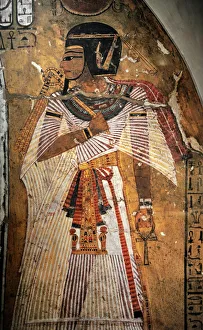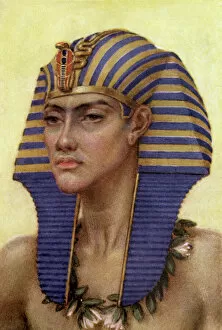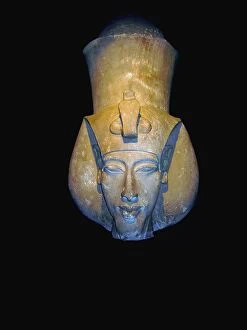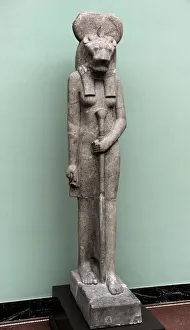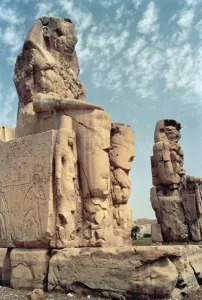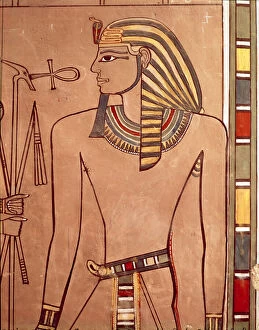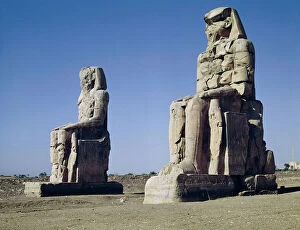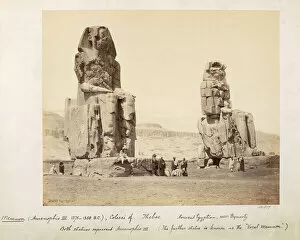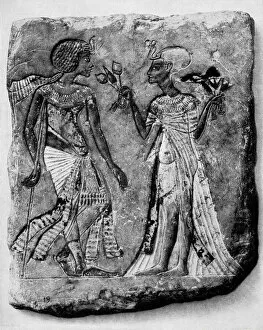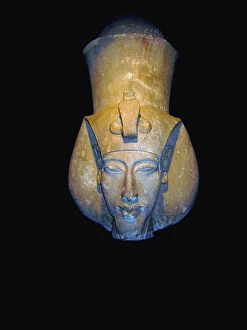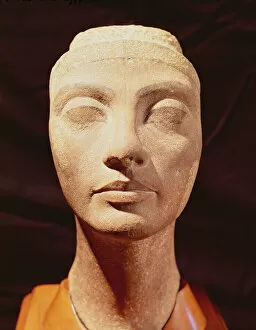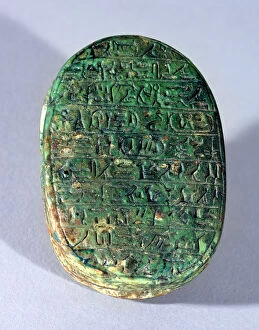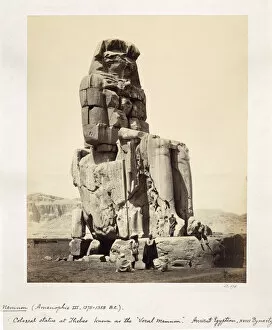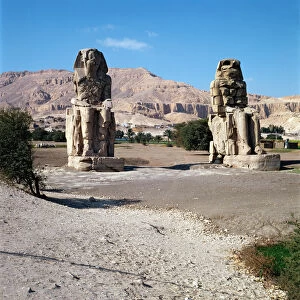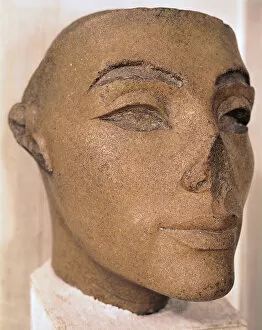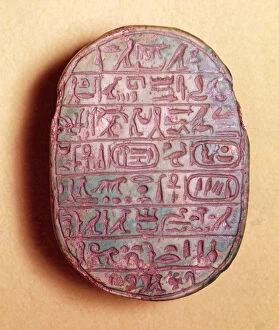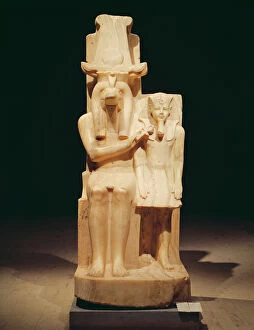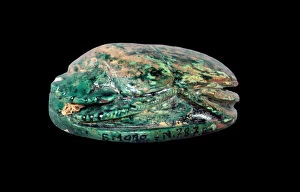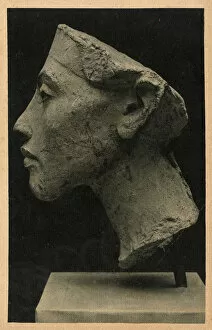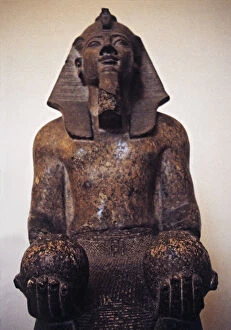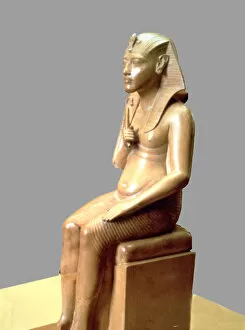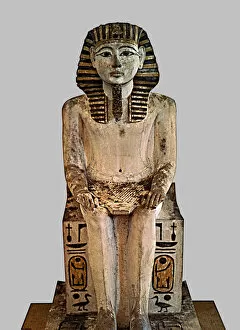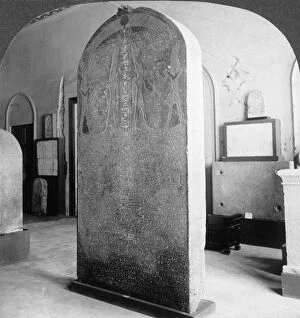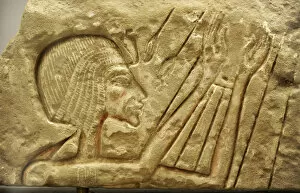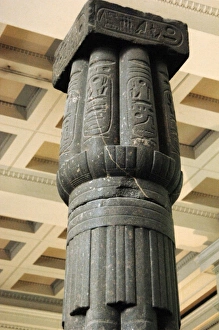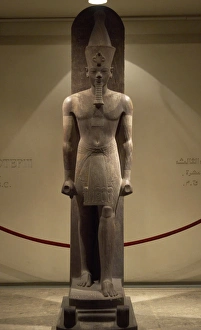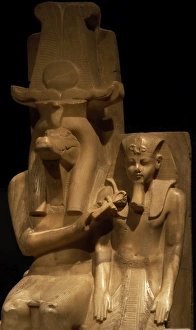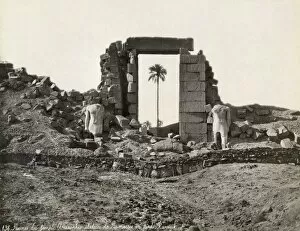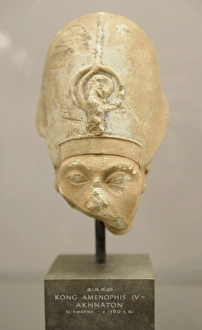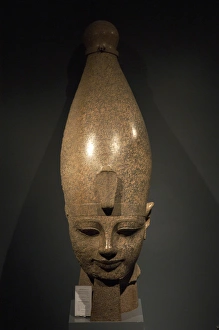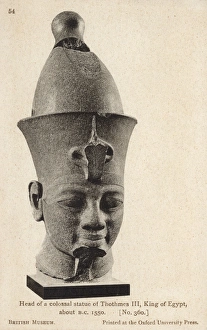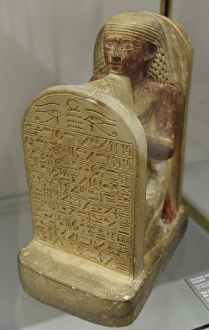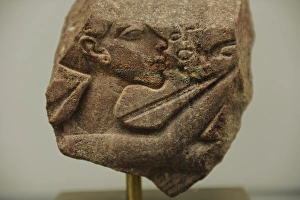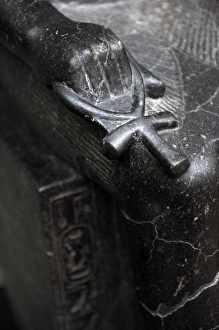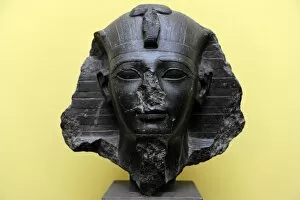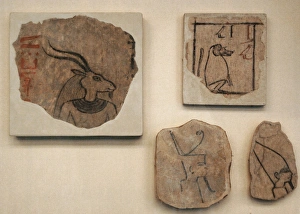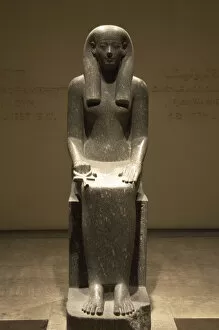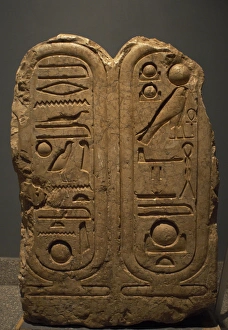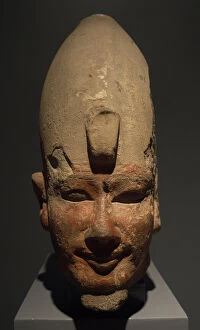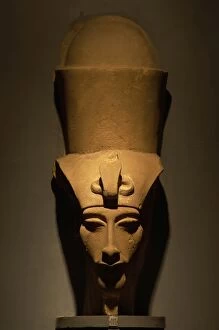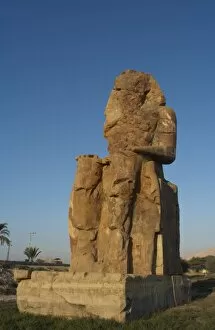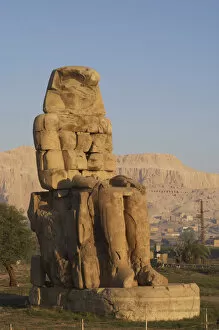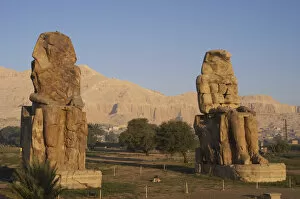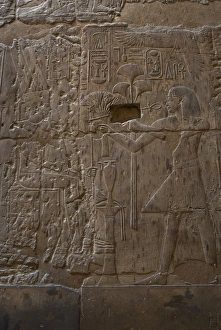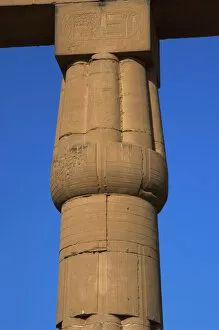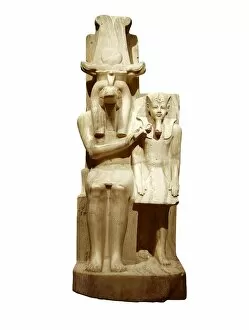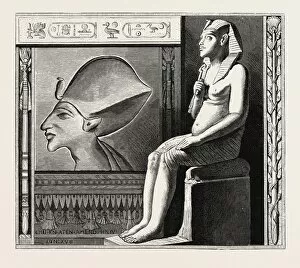Amenophis Collection
"Amenophis: The Legacy of Pharaohs in Ancient Egypt" Step back in time to the reign of Pharaoh Amenhotep I, a powerful ruler who left an indelible mark on ancient Egypt
All Professionally Made to Order for Quick Shipping
"Amenophis: The Legacy of Pharaohs in Ancient Egypt" Step back in time to the reign of Pharaoh Amenhotep I, a powerful ruler who left an indelible mark on ancient Egypt. Known for his military prowess and diplomatic skills, Amenhotep I established a stable and prosperous kingdom during the 16th century BC. As we delve deeper into Egyptian history, we encounter Akhenaton, another notable pharaoh. His reign was marked by radical religious reforms that centered around the worship of Aten, the sun god. This period saw a shift from traditional polytheism to monotheism under Akhenaton's rule. One remarkable artifact that showcases the grandeur of ancient Egypt is the Statue of the Goddess Sakhmet. Crafted with meticulous detail, this statue symbolizes power and protection as it depicts one of Egypt's most revered deities. The Papyriform column is yet another architectural marvel from this era. Its unique design resembles bundled papyrus stalks and can be found adorning various temples across Egypt. Moving forward in time, we encounter statues depicting Pharaoh Amenhotep III alongside Sobek, an Egyptian crocodile deity associated with fertility and protection. These statues serve as a testament to Amenhotep III's divine authority and his close connection with sacred beliefs. El-Amarna provides us with captivating reliefs showcasing either Pharaoh Akhenaten or Nefertiti—two influential figures who played significant roles during this transformative period in Egyptian history. Their distinctive features are beautifully captured in these reliefs, offering glimpses into their lives and reigns. A stunning head sculpture discovered at El-Amarna represents Pharaoh Akhenaten himself—a striking portrayal that reflects his unconventional appearance compared to other pharaonic depictions seen throughout history. Notably known as Amenophis or Akhenathon too, Pharaoh Amenhotep III further solidified his legacy through the colossal statues known as the Colossi of Memnon.

